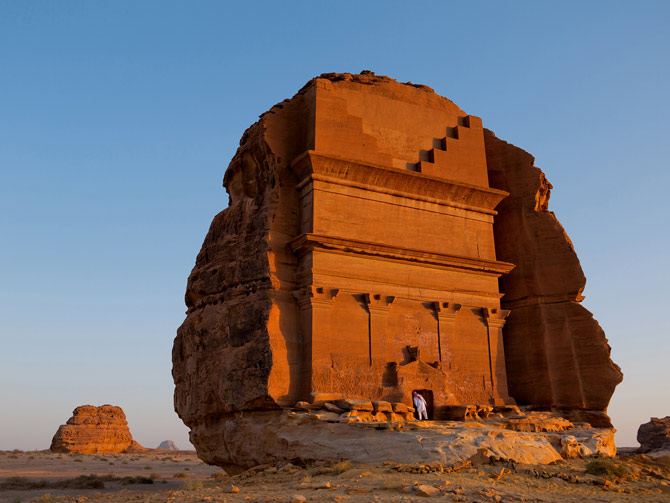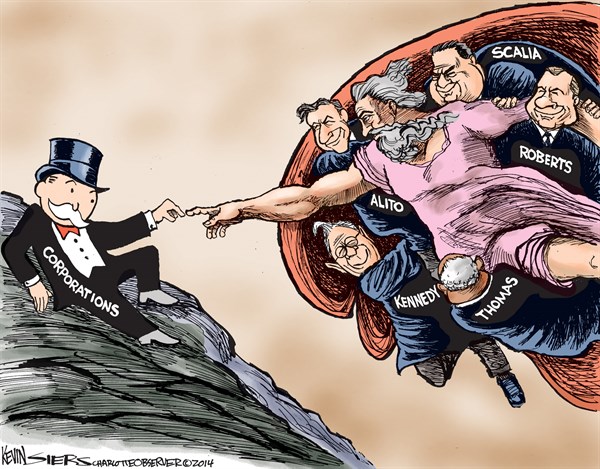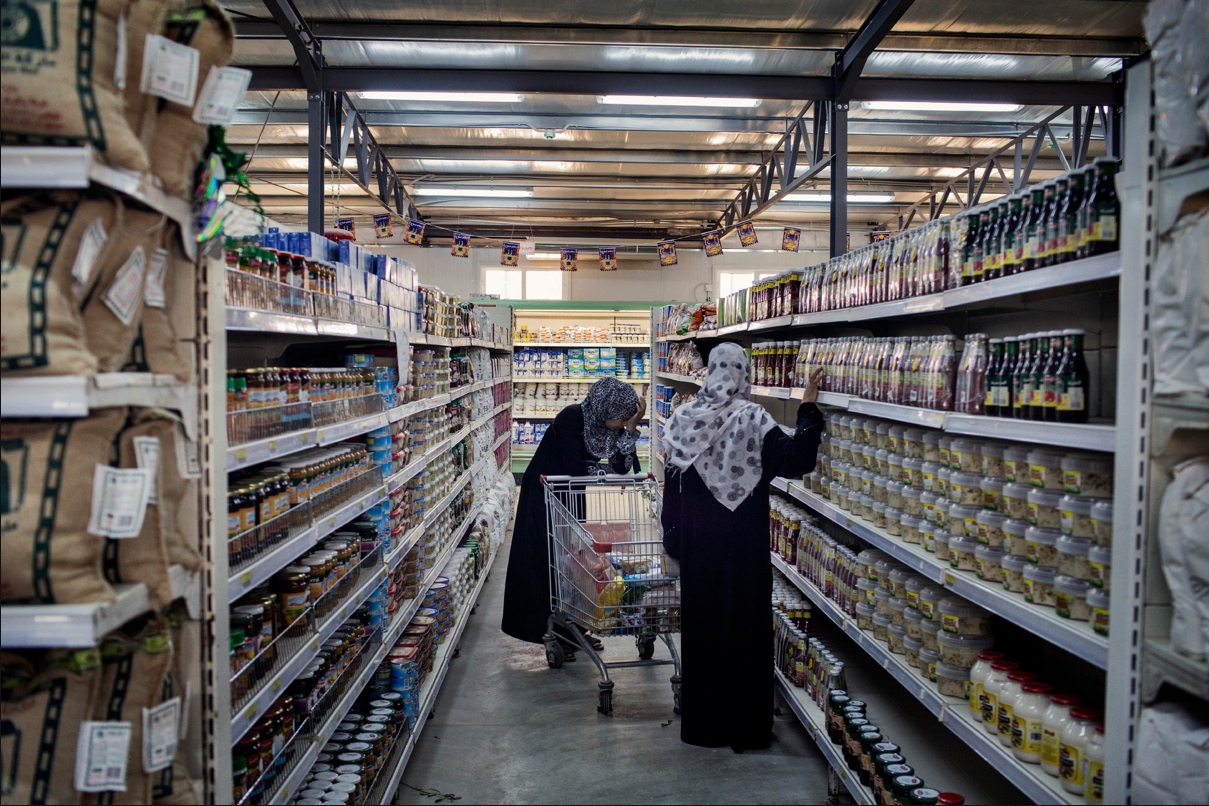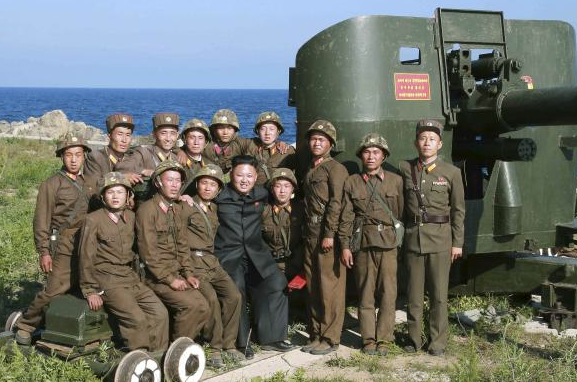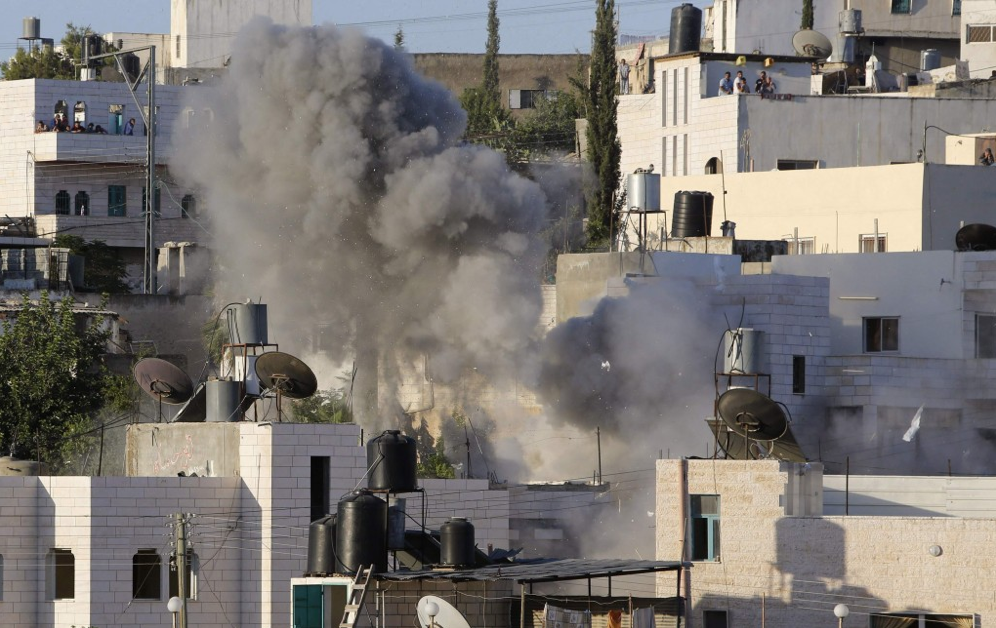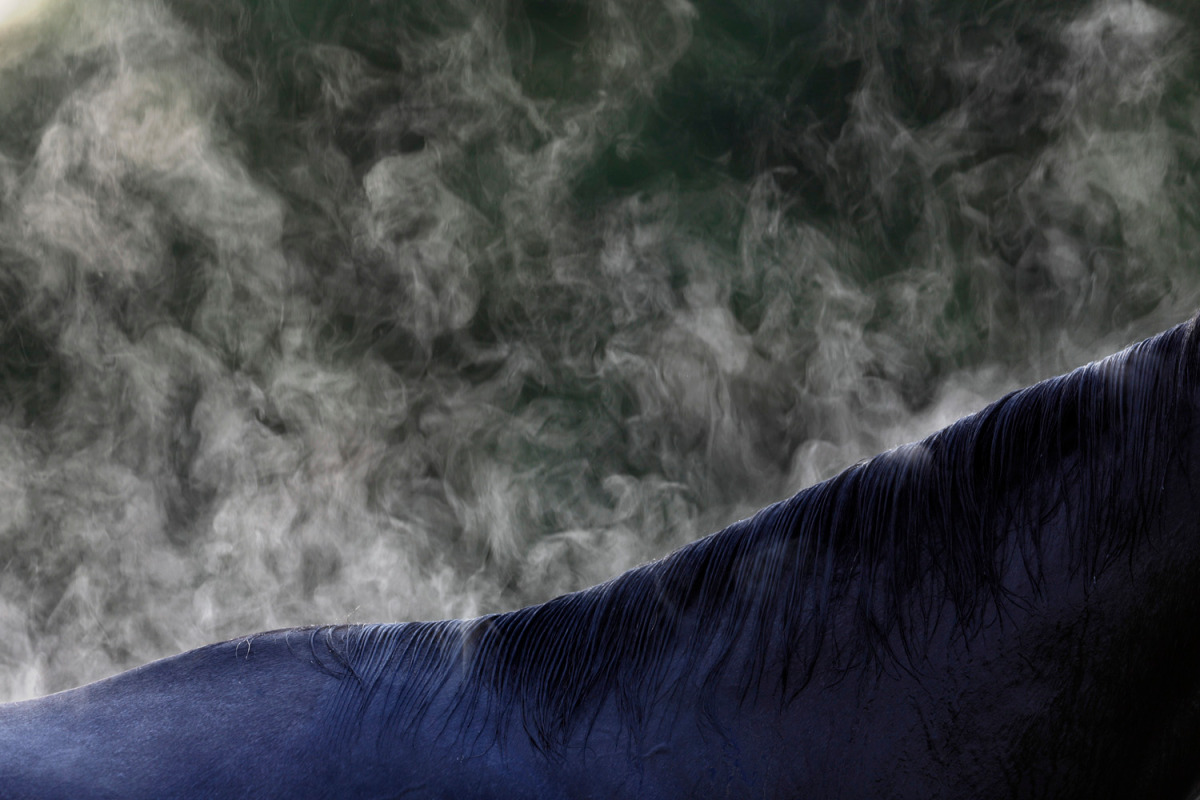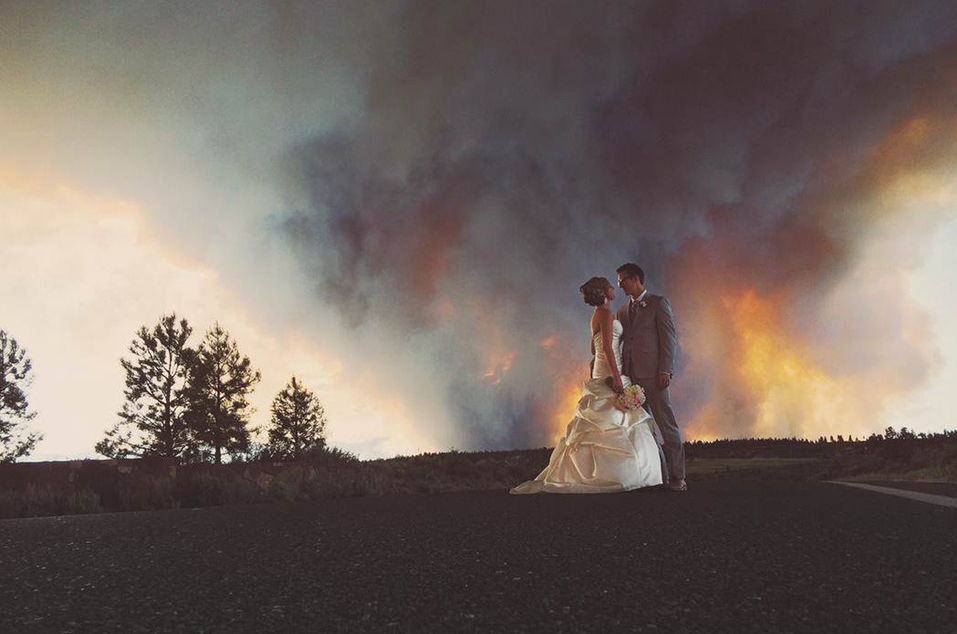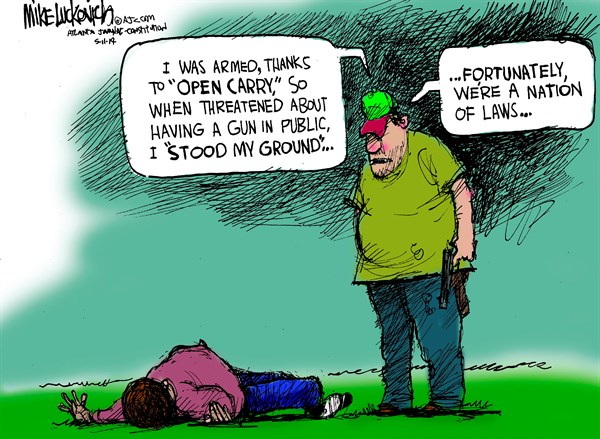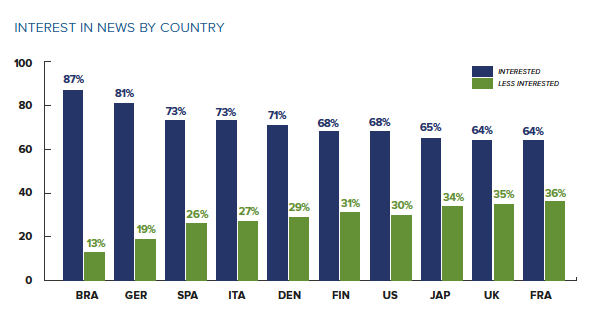I had a difficult time selecting a photograph for today’s post, as everything I looked at couldn’t help but be about the bloodletting in Gaza. The images of the day either were from that war zone or seemed to be a way to avoid thinking about it. Since these obviously are subjective reactions, let me add that neither option seemed acceptable. The latest escalation is producing wreckage across the board: in the streets and homes of Gaza, in Israel’s identity and reputation, and in the prospects for dialogue anywhere. Apparently this is what the extremists on each side want, and they seem to always get what they want, don’t they?
If they live long enough, one side or the other might be able to win, to triumph, to rise to great heights as they reveal the full potential of their glorious civilization, and then if they really go the distance they could come to this:
The photograph is from the Wells of Memory, a story in the July National Geographic magazine about a journey through back country Saudi Arabia. The ruin is the remnant of a tomb at Madain Salih created by the Nabataeans, an ancient people who have left few traces of their once proud culture. Ruins are object lessons, and one lesson here may be that both the Palestinians and the Israeli’s have done better than many other peoples at staying on the surface of history. Perhaps it is better to fight than assimilate, and to persuade outsiders to fund you as you do it. Except that the Nabataeans did all of that, too.
What strikes me about this image of a ruin is how devoid it is of melancholy. That mood doesn’t have to accompany the fragments of ancient civilizations, but it often does and for the good reason that it has been an important resource for thoughtful reflection on the course of history and human finitude. But something else is being offered here. The building looks almost like a movie set: not some part of a previous whole, but rather something constructed to create an illusion of monumentality when seen from the right angle. It looks massive, but also mobile, as if it could be moved around as needed for the shoot. The sharp edges and strong contrasts in the lighting enhance this sense of instrumentality, as does the lone figure peering within. This may be a matter of curiosity, not melanchony; a footnote to history, not its endlessly recurring story.
The shift away from romanticism need not stop there, however. There can be more than one kind of ruin, as there is need for more than one type of allegory. I’ve posted recently on how the material production of ruins is continuing, and perhaps changing, in ways we should find troubling. Any time a photographer creates an image of a ruin, whatever the age of the object photographed, we are provided with another opportunity to think about the relationship between past, present, and future. In that light, the achievement of this image might be that it has replaced melancholy with a sense of objectivity. This is a stronger epistemological attitude than curiosity, and one that can offer something to those thinking about a real time tragedy.
This objectivity asks that we place the furor of the present against the full historical record, in order to recalibrate the political and moral discourses that have come to dominate a controversy. Against the long succession of regimes in the region, against the continual mixing of cultures, much of what passes for reasoning becomes so much nonsense. Admittedly, one response that remains is sheer Realpolitik: interstate politics provides no alternative to the struggle for survival in a state of nature, which requires the use of power and especially military force without regard for morality. As some of us have argued elsewhere, that argument is simplistic and often self-defeating. (For the record, that doesn’t rule out all use of power.) In any case, one can at least consider that another lesson might be available and perhaps even pre-emptive.
Perhaps the Nabataean ruin suggests that the only time we are actually here is now. Keynes’s observation that “in the long run, we’re all dead” applies to politics just as much as it does to economics. For all the effort put into permanence, the record is one of continual change. Ironically, peoples and religions can persist, but their involvement with states and other powers is not necessarily the source of that achievement, and where it does contribute it also corrupts.
The question the ruin raises, then, is whether political actors might behave better, trying to get more for their people in the short term, if they realized just how unlikely the long term was. It’s hard to say, but I do note that the enemies of peace in the case at hand, on both sides, seem to be resolutely committed to a long view. How much they will sacrifice for that illusion remains to be seen.
Photograph by John Stanmeyer/National Geographic.
